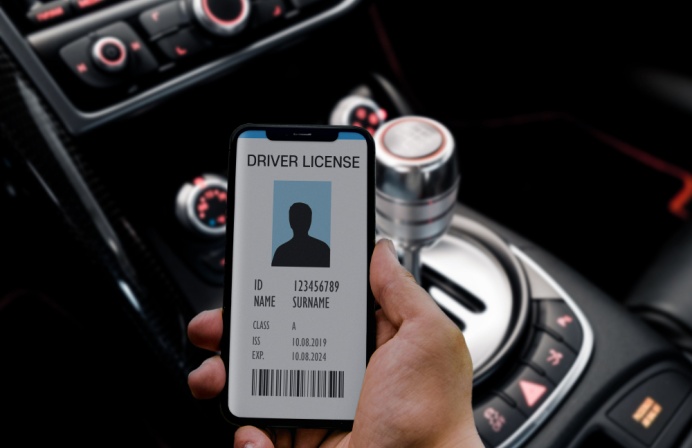
The ANZ Bank’s chief operating officer, Michael Bullock, clarified the narrative around digital disruption at the FST Government New Zealand conference held 2nd August in Wellington.
Embracing the mantra of digital disruption goes beyond the clichés and reams of standard-issue statements, according to Michael Bullock, chief operating officer at the Wellington-based ANZ Bank.
Bullock, a keynote speaker at the FST Government New Zealand conference, held 2nd August in Wellington, said digital transformation is not just about the technology.
This transformation involves offering simpler and more agile services. It remains hard to talk about digitisation – in the present and future – without falling into the “trap of regurgitating the many volumes of clichés that we all have at our fingertips.” These clichés have typically dominated the commentary.
“I wanted to pick up on one critical and over-arching aspect of any successful strategy,” said Bullock. “That’s the magic that unlocks emotional connectedness, explains the all-important, and is an immensely accurate compass when navigating choice, purpose, and the reason for which something is done, or created.”
Technology is clearly important. “But it is our people and human capacity to be able to connect that truly leads to transformation.” This expression and execution of choice is exciting, and yet, presents the most risk.
Shared services under spotlight
On the shared services front, Aaron Mikoz, the CIO of Maritime New Zealand, noted that cloud and virtualised services remain integral to disaster recovering planning, and multi-agency collaboration.
In early 2016, Maritime was assigned to test multi-agency collaboration, following on from the Christchurch earthquake in February 2011. “We needed to practice working together as one entity, and support one another for the good of New Zealand.
“Ninety per cent of the time, we train people from agencies and regional councils to manage a nationwide response. We train a lot, but don’t often get a chance to apply this training in the real world.”
Cloud: if not, why not?
During May 2016, participants went to New Plymouth to simulate a major disaster where two ships collide at sea, while carrying dangerous chemicals.
“We had managed oil-based responses, but struggled when this came to chemicals,” recalled Mikoz. “One challenge was around effective communication and collaboration in real time, and be in environment – overnight – to support 30 devices.”
Maritime’s standard corporate footprint did not support real-time disaster management. “My approach from day one was ‘cloud and if not, why not?’ Using the TaaS model, we engaged with a number of service providers, and used some TaaS-based capabilities to support this multi-agency exercise.”
This exercise involved using real-time video and live feeds. “This ensured information was managed in a secure, clear and concise way. This was all achieved from the cloud.”
Mikoz said a cloud platform enabled participants to share real-time video that was captured from the field. This went through to the regional command and control centre, maritime incident response centre, regional command and control centre, and finally, the bunker.
These direct relays ensured everyone had the same information, at the same time. The quantity of the information ran into multiple terabytes. “The real asset was the value of the information, and being able to use this in the future.”
With collaboration, the premium is on information management. “This is in terms of liability management, insurance arrangements, or the prosecutions. The underlying mantra was to try and get the right outcome,” noted Mikoz.
However, the cloud raised questions around security. “The Catch 22 is information is out there. This is basically public information, and is supplied to the insurer post-event.”
While there were no barriers to using the cloud, a key question revolved around managing access and control arrangements.
A geeky thing
Real-time video collaboration was “more of a geeky type thing,” added Mikoz. “But this provided the most interesting business outcome. We will use this not just for us, but multiple government agencies.”
Eric Mooji, service desk manager, MetService, said engaging with Maritime and the NZ Civil Aviation Authority helped utilise IT service management across agencies. “We found it was important to leverage services across agencies, rather than each one having its own. We were going to share each other’s expertise.
“Beyond IT service management, we were able to implement health and safety standards, manage travel bookings or normal paperwork. We could then turn this into a shared workflow.”
This partnership involved launching a front-end portal for end-users within 10 hours of teaming up. “The challenge was getting executives to understand the difference between shared services, and the supplier or customer engagement.”
With service level agreements, a vendor may default, noted Mooji. “You go and beat them up, and that kind of stuff. Whereas, with shared services, this is a real partnership. You’re in this together, and are working through problems together.”






